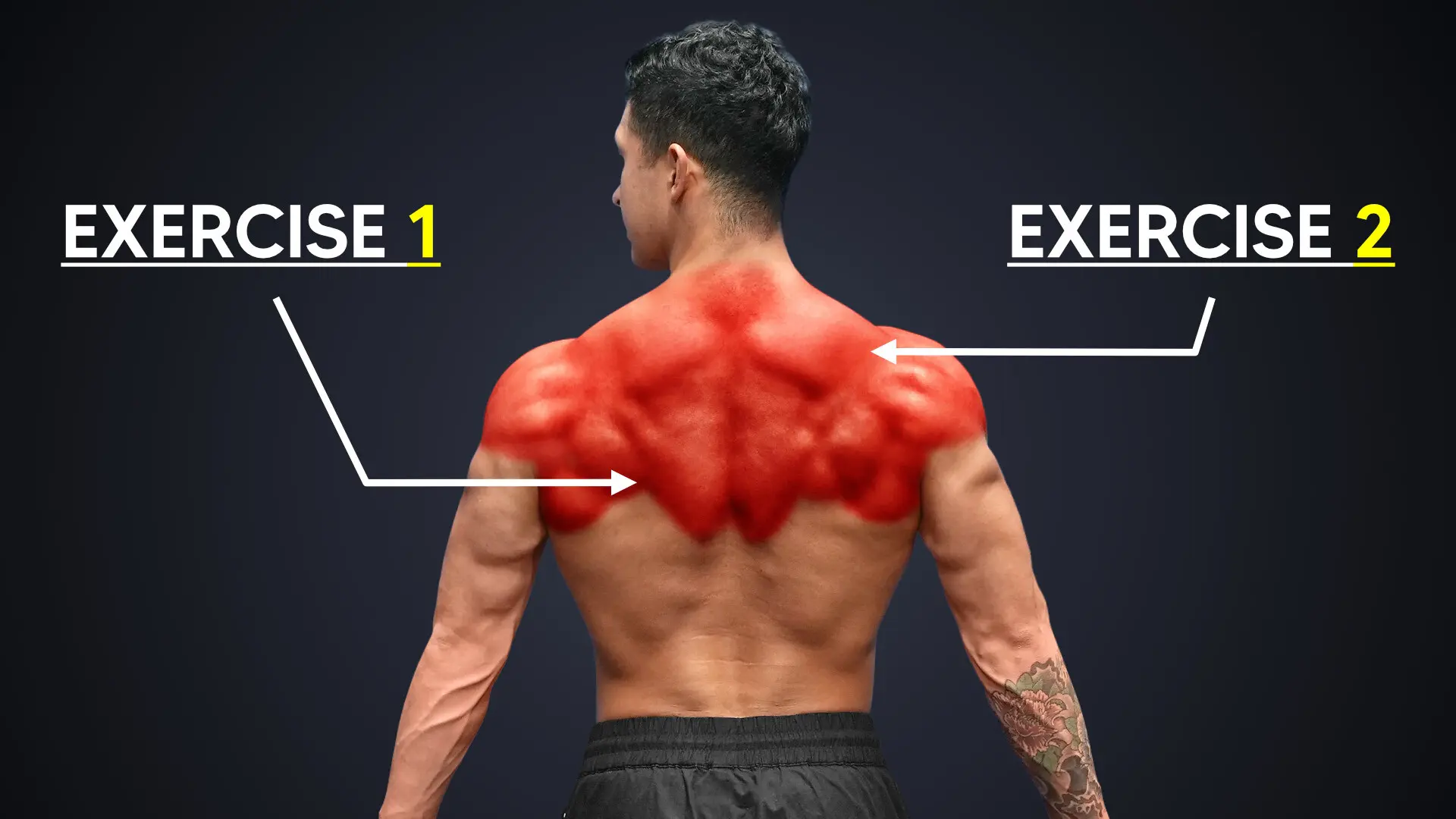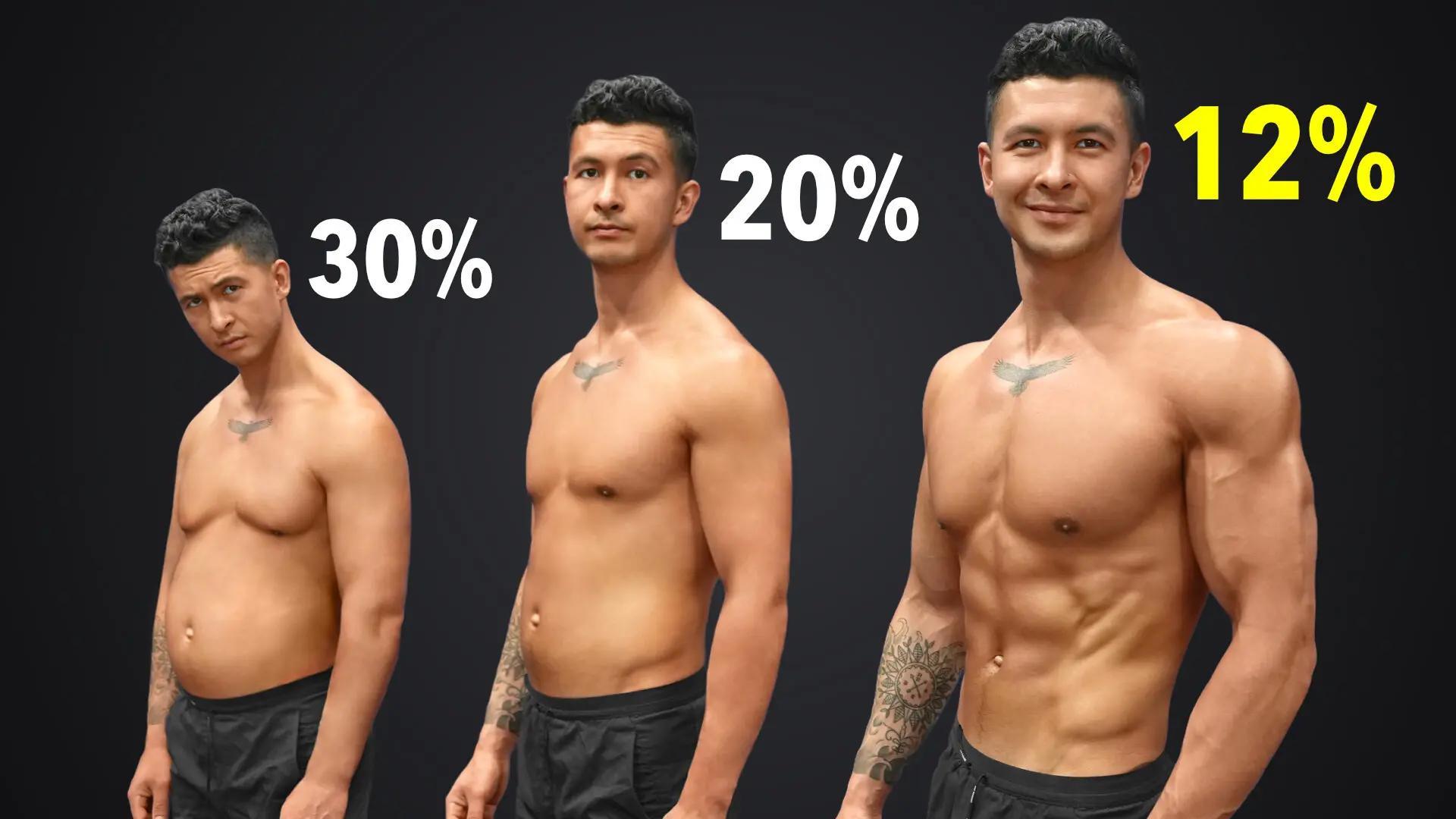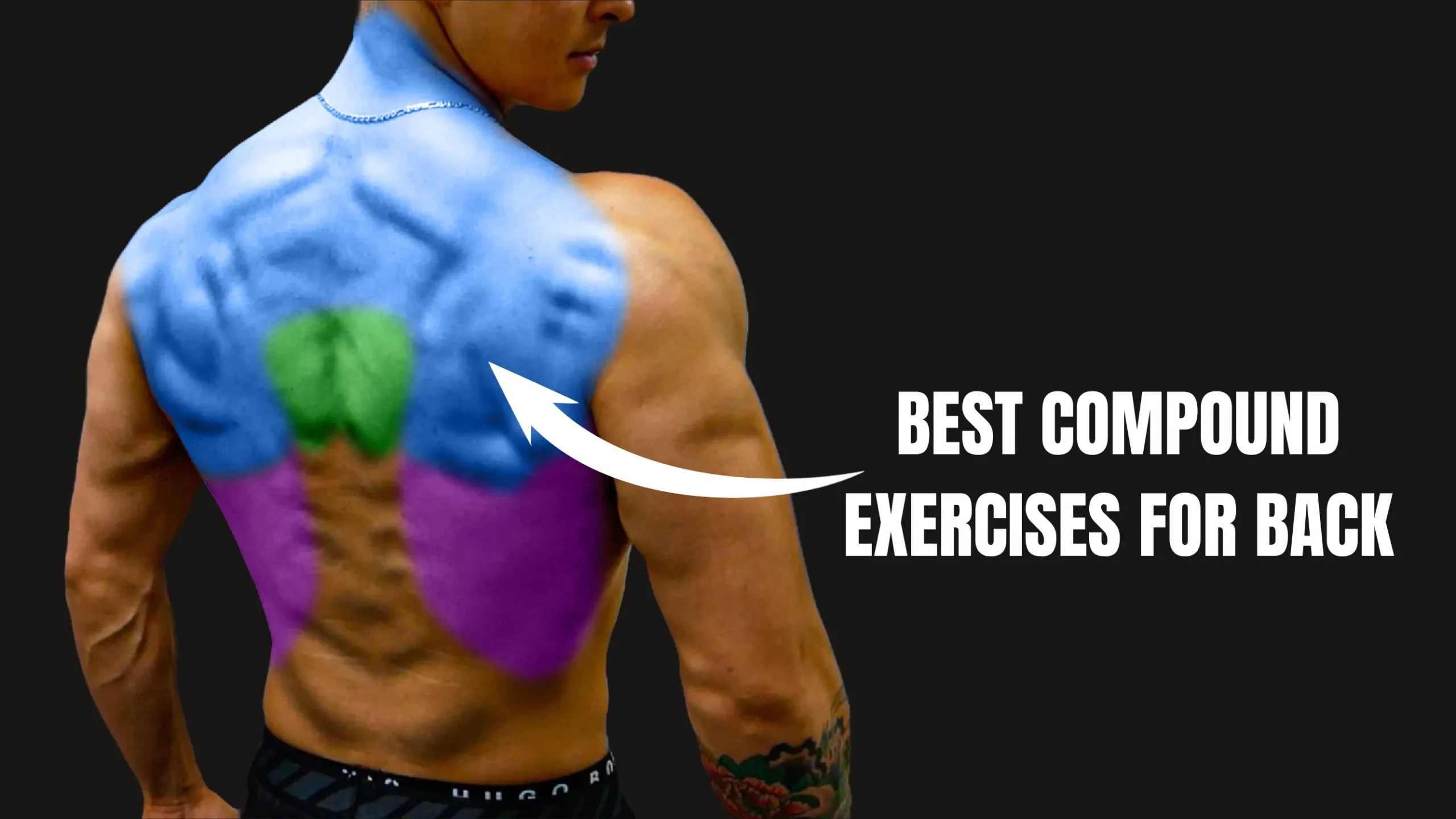
Back Compound Exercises | Built With Science
What Are The Best Back Compound Exercises?
A well-developed back is wide (for that drool-worthy V-taper) and thick (sometimes, it’s really all about the mass).
FYI …
- Width comes from your lats while
- Thickness comes from your upper and middle back
To help transform your back from “Meh, nothing to see here” to “Woah, *heart eyes* looks like a shield!” as quickly as possible, I’ll share the best 5 back compound exercises you should include in your back days.
(Note: compared to isolation exercises, compound exercises work multiple muscle groups in a single rep — meaning they’re more “efficient”.)
#1: Conventional Barbell Deadlift

Equipment needed: Barbell
Preferentially targets: Whole back
Think the conventional BB deadlift is great for the glutes and hamstrings?
Well, it is. But as it turns out, the BB deadlift also shines as an overall back builder that elicits high EMG readings in every back muscle, from the upper back to the lats to lower traps.
As I've always been careful to say, higher EMG readings don't always translate to better long-term muscle growth.
Still, EMG activation readings can help shed light on general muscle activation patterns.
Scared of getting injured on the BB deadlift? Never thought the movement felt “right”? Then I’d highly recommend checking this article out to learn how to deadlift properly.
Now, while the BB deadlift is great at activating all areas of the back, it’s far from being the best at eliciting growth in specific regions (e.g., you wouldn’t use it to grow your lats). And besides, it’s also a very demanding exercise — both physically and mentally.
Planning exercises that could come either before or after it could become a really big headache.
So, what are some good, “focused” alternatives that are also less energy-demanding? See below.
#2: Barbell Bent-Over Row
Equipment needed: Squat rack and barbell
Preferentially targets: Mid-back or lats (depending on grip)
As my back EMG article shows, the barbell bent-over row is a great overall back builder — just like the conventional BB deadlift.
And what I really like about the BB bent-over row is that it gives you the flexibility of bringing up either your back width (i.e., lats) or thickness (i.e., mid-back) by simply switching up your grip. More specifically:
- Overhand grip: Targets mid-back
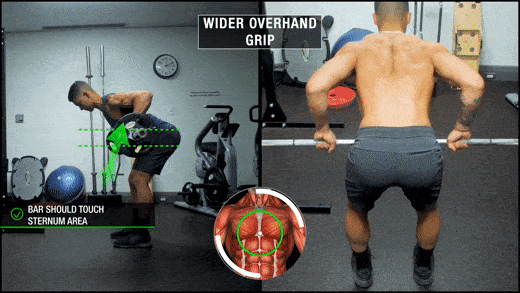
- Underhand grip: Targets (lower) lats, as the elbows remain tucked closer to the sides
Which grip you use ultimately depends on which you’d like to emphasize more, your width or thickness.
And, of course, at the risk of stating the obvious, you could switch it up between sets, e.g., 1 set with overhand and 2 sets with underhand.
#3: Overhand Grip Pull-Up
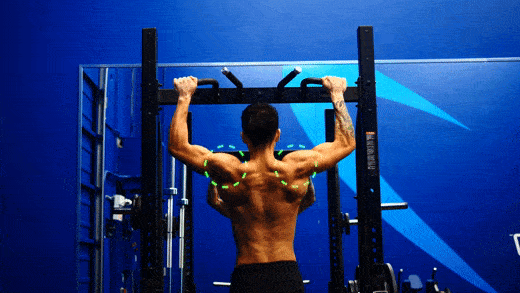
Equipment needed: Pull-up bar
Preferentially targets: Lats
The overhand grip pull-up is one of the best back compound exercises that'll get you a wider back.
You may be wondering, “Well, why can’t I just do the lat pull-down instead?”
You 100% can. But you’d get way less core involvement with the lat pull-down. And why would you want a strong core? Because it:
- Enhances your ability to get stronger in exercises, which may then
- Positively affect the gains you see from working out (since training volume is a key driver of hypertrophy)
OK, sounds good … but what if you can’t even perform 1 pull-up or chain them together?
Don’t worry. Here’s a free progression plan that'll quickly take you from 0 to 10+ pull-ups in a row. But before you check that out, you might want to make sure your struggle to get your chin over the bar isn’t due to these 4 deadly pull-up form mistakes.
#4: Meadows Row
Equipment needed: (Ideally) landmine attachment and barbell
Preferentially targets: Upper and mid-back
All the back compound exercises we’ve mentioned so far are bilateral exercises.
So, to avoid either side of your back getting thicker than the other, we'll call on the Meadows row.
Use a landmine attachment where possible. Otherwise, you could jam the end of the barbell into a corner of the gym.
Load with smaller weight plates to maximize the range of motion. Get into an athletic stance as if you were doing a barbell row. Then, while keeping your elbow angled at about 60 degrees, pull the bar up.

Consider using a lifting strap to prevent your grip from limiting your load lifted and/or the number of reps.
#5: Dumbbell Chest-Supported Rows
Equipment needed: Bench and dumbbells
Preferentially targets: Upper and mid-back
Another muscle-imbalance-preventing bilateral back compound exercise: the dumbbell chest-supported rows.
Here, you’ll want to set the bench to a ~30 degrees incline (this is about 2 notches up from flat).
Too high of a bench angle will shift too much of the emphasis to the upper traps — which isn’t a bad thing per se, but remember: we want to hit as many back muscle groups in a single rep as possible.
Then, as mentioned in my back EMG article, you’ll want to keep your elbows angled out wide for the highest upper and mid-back activation.
You’ll also want to focus on squeezing your shoulder blades together at the end.
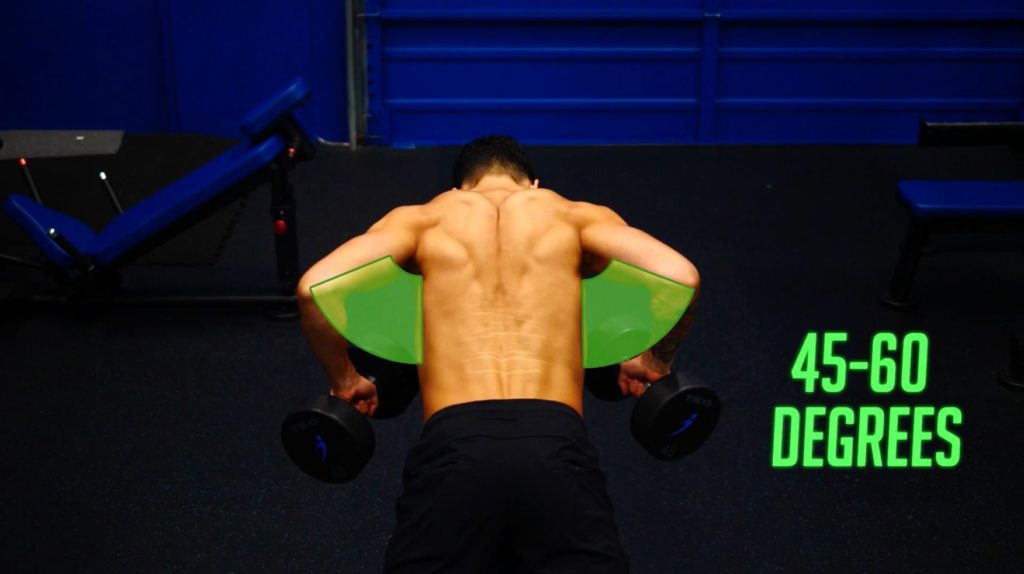
Putting These Back Compound Exercises Together
Here are 2 examples of how you could put those back compound exercises together:
Workout A
Conventional Barbell Deadlift (3 sets, 6 to 8 reps)
Overhand Grip Pull-Up (3 sets, 8 to 12 reps)
Meadows Row (3 sets, 8 to 12 reps)
Workout B
Barbell Bent-Over Row (3 sets, 8 to 12 reps)
Overhand Grip Pull-Up (3 sets, 8 to 12 reps)
Dumbbell Chest-Supported Rows (3 sets, 8 to 12 reps)
Back Compound Exercises Are Good, But Not Enough For Optimal Growth
Back compound exercises target multiple back regions well … but are they necessarily the best at activating a single back muscle?
Not really. Case in point: I found that the lat-focused row — an isolation exercise — led to higher activation in the lats than the overhand pull-ups (56.95% maximum voluntary contraction, or MVC, compared to 52.76% MVC).
Optimal muscle growth will generally call for a good balance between compound and isolation exercises.
Plus, those with sharp eyes would have realized that none of the back compound exercises targeted the lower traps.
This is a small yet important stabilizing muscle key for overall shoulder health and stability.
As it turns out, the best movement for activating this area is the isolation exercise, incline-prone Y-raise.
Oh, and, of course, there's more. Building muscle isn't just about what you do inside the gym; but also outside of it. That includes how you:
- Eat: Are you eating the correct number of calories to fuel muscle growth? What about your protein intake?
- Recover: How many hours are you sleeping nightly? What are you doing between sessions to facilitate muscle recovery and growth?
- Supplement: There are only a handful of well-researched and science-backed muscle-growth-promoting supplements — are you using the right ones?
If you’d like someone else to take all that off your plate and show you exactly how to eat, train, recover, and supplement for the quickest body transformation possible, take our free quiz below. It'll only take you a few minutes to discover the best step-by-step science-based program that's best for you and your body:
Click the button below to take my analysis quiz to discover the best program for you:
↓



